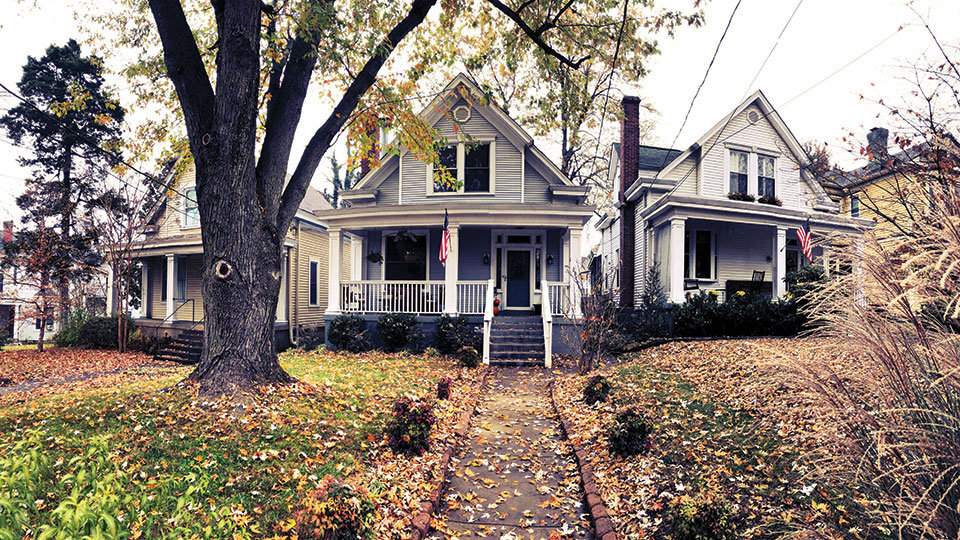You might think the only local relic left after Sears completes bankruptcy arrangements will be the company’s Art Deco original Louisville store at Eighth and Broadway (built in 1929 and now owned by LG&E). Unless it’s the vintage Craftsman radial-arm saw that has sat unused in your basement since 1955. But in fact footprints of Sears can be found sprinkled near CSX rail lines, as well as farther afield, in several Louisville neighborhoods with pre-World War II housing stock.
They’re called Sears kit houses, sold by mail order to customers who chose them from a multitude of styles and interior layouts depicted and described in Sears catalogs between 1908 and 1940. Sears provided all the lumber (pre-cut to fit after 1916), shingles, varnish and hardware, and you — or a carpenter you hired — put the pieces together like a jigsaw puzzle, saving you a bundle compared with having your house designed and built from scratch. The construction materials, delivered to a rail stop near your selected site in a personalized boxcar whose door latch featured a wax seal for you to break, included a 75-page instruction book. Marketing copy read that a homeowner could do the entire job without professional help in 90 days.
Estimates for how many Sears kit houses were sold nationally range from 70,000 to 100,000. Small towns in Illinois, where Sears and its milling operation originated, have whole neighborhoods lined with them. (One of those towns, Carlinville, has a Sears home design — the Carlin, a cute two-story, five-room bungalow that sold in 1918 for $1,172 — named after it.) But because Sears tossed out its records when its homebuilding program ceased, no documentation exists of where the houses definitely are. I say definitely because there were nine other companies selling mail-order homes in much the same manner as Sears, and copycatting — from model designs right down to the hand-colored marketing pictures and type styles — flourished. “Sears house” has become a genericized term, like “Kleenex,” that’s often applied to an Aladdin home, a Wardway home, a Harris Brothers home.
The Sears Archive site provides about 65 drawings of various Sears models, like the three Winona homes on Sycamore Avenue in Clifton shown here, but more than 300 other Sears designs are only to be found in the worn pages of old catalogs, by searching year by year. It’s made “Sears sleuthing” a pastime taken up by many a historian/realtor/Sherlock. One of them, Rosemary Thornton, author of The Houses That Sears Built, wrote, “In my travels, I’ve discovered that more than 80 percent of the people who think they have a Sears Home are wrong.”
That makes yours extra special.
This originally appeared in the December 2018 issue of Louisville Magazine under the headline "Homebound in a Boxcar." To subscribe to Louisville Magazine, click here. To find us on newsstands, click here.


